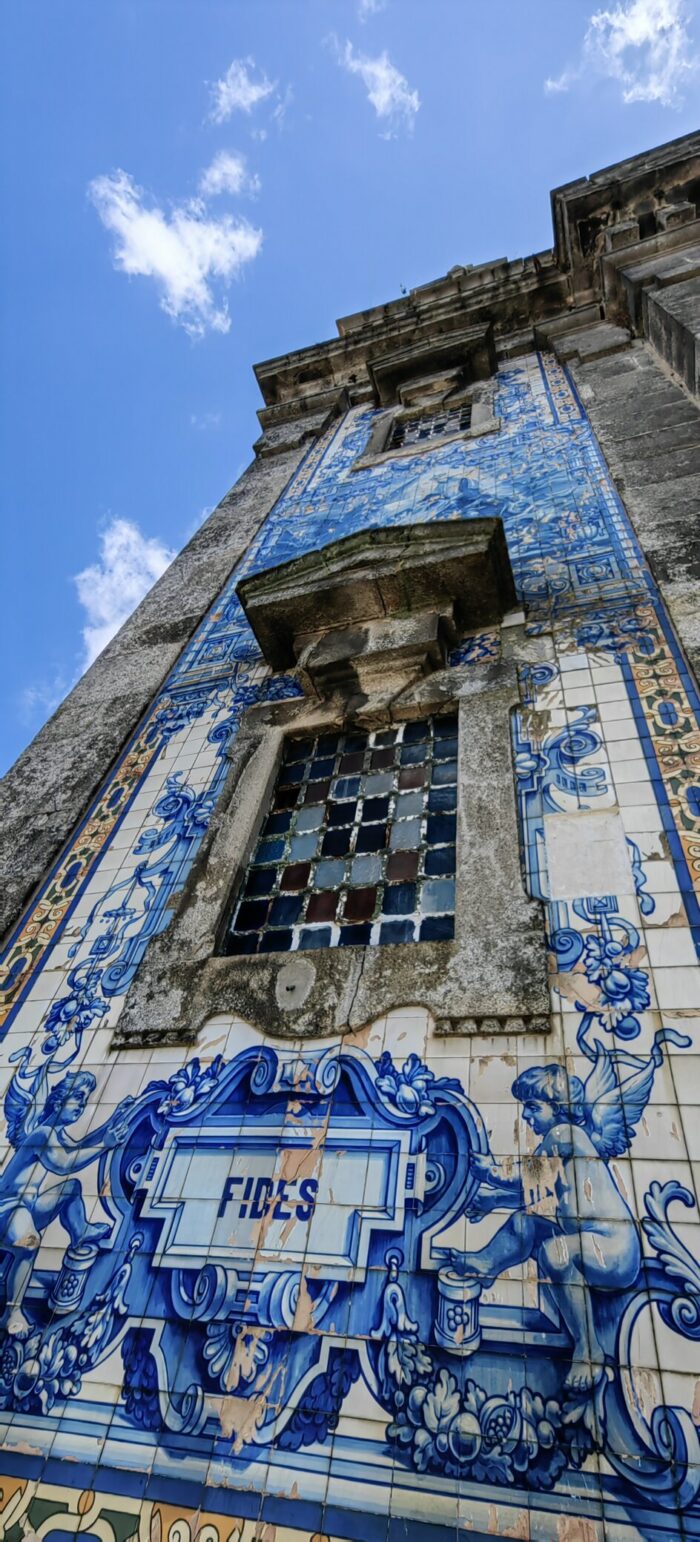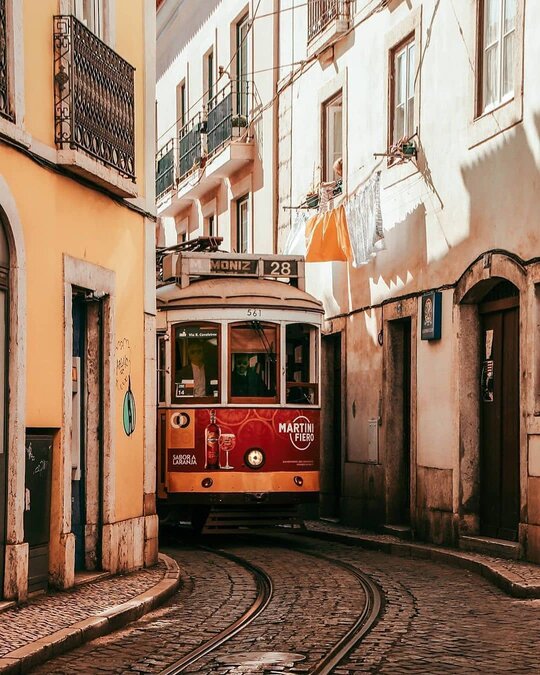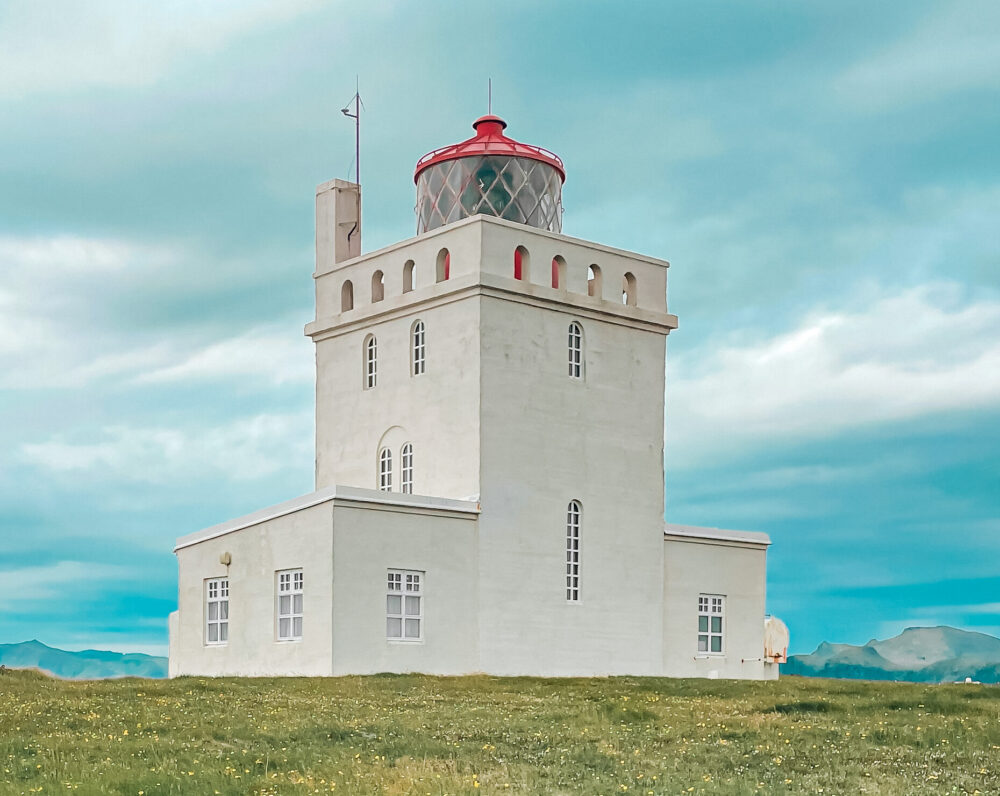Finisterre or Fisterra in Galician, also known as the most western point of Spain, it was believed was the end of Europe before the discovery of the New World. With modern technology and the advancing of maps it was figured that Muxia is the westernmost city in of the country, in Galicia.
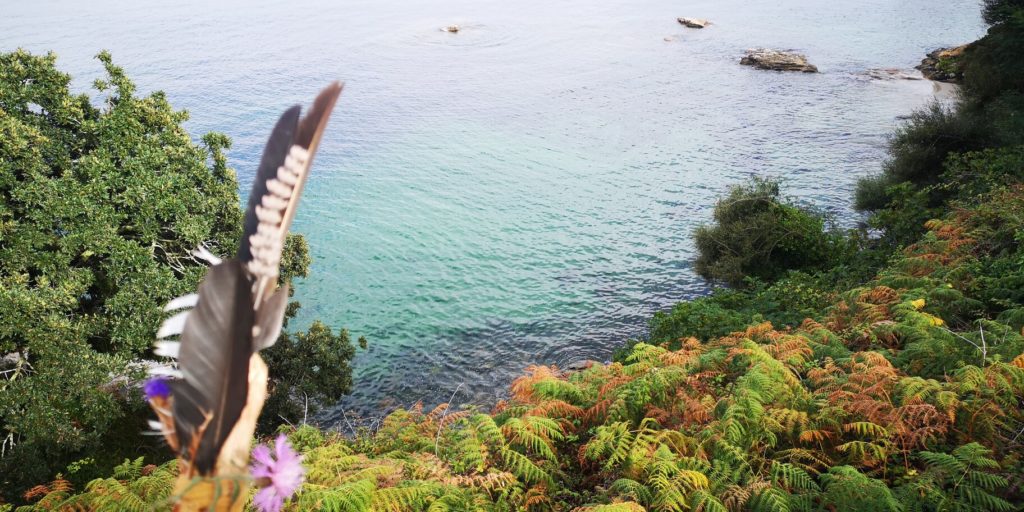
Finisterre, which literally translates to “end of the earth” (Finis Terrae), is also the lesser known final point of the Way of Saint James. It is 90 km from Santiago de Compostela, from where you can directly walk to Finisterre or do a detour pilgrimage to Muxia (as I did) and walk down to Finisterre.
Finisterre is famous for its steep cliffs dropping into to the ocean from where you can see the most beautiful sunsets and its lovely beaches: Arnela, Mar de Fóra, Riveira, and Corbeiro (perfect to collect beautiful shells).

The town itself is not your usual tourist destination, mainly popular among pilgrims and modern-day hippies who make the town alive and shake it up with their vibrant yet chill energies. If you feel adventurous you can join them on the beach of Mar de Fóra where they are living in their tents—some of them I met lived there for over two years.
Mar de Fóra is the secret gem of Finisterre in my opinion. A free nudist beach by day which turns into an open, loving commune by night. The here residing pilgrims and hippies make a bonfire each night on the beach to sit around, talk, dance and sing around the playful flames. If you happen to be here on full moon, don’t miss the full moon ceremony! I happened to be so lucky that in August, under a blood red full moon sitting in the white sand I not only spotted the rare phytoplankton in the water but fireflies lighted our ways under the perfectly clean sky where all the constellations could be easily spotted by the naked eye. So keep yourself open to the gifts of nature because there is plenty on this magical place in every month, but they are so versatile, you need to have an open eye to spot them. Also the sunset is most beautiful from Mar de Fóra and each day, we headed towards the beach, not to miss the beauty of it. Though the beach seems very calm, don’t trust the Atlantic here and the dangerous undercurrents have swept away countless swimmers (two barely survived while I was there).



For tourists probably the most famous attraction of the small town is the lighthouse, Faro de Fisterra which also marks the km 0 of the Camino de Santiago.

You can easily get here by walk or bike, or get a cab. The view is breathtaking—even if you arrive in great fog, the whole way up here so it’s definitely worth the effort to walk here. Once you arrive, it might be a little crowded due to the arriving pilgrims but you can find an amazing spot behind the lighthouse where you can enjoy the view of the waters all around you and perfect spot to meditate. It’s a place where you disconnect from the mundane noise and connect with yourself and fill yourself with positive energy. Close your eyes and be seduced by the sweet singing of the water, feel the wind and caresses our skin and breathe the purity of the place.
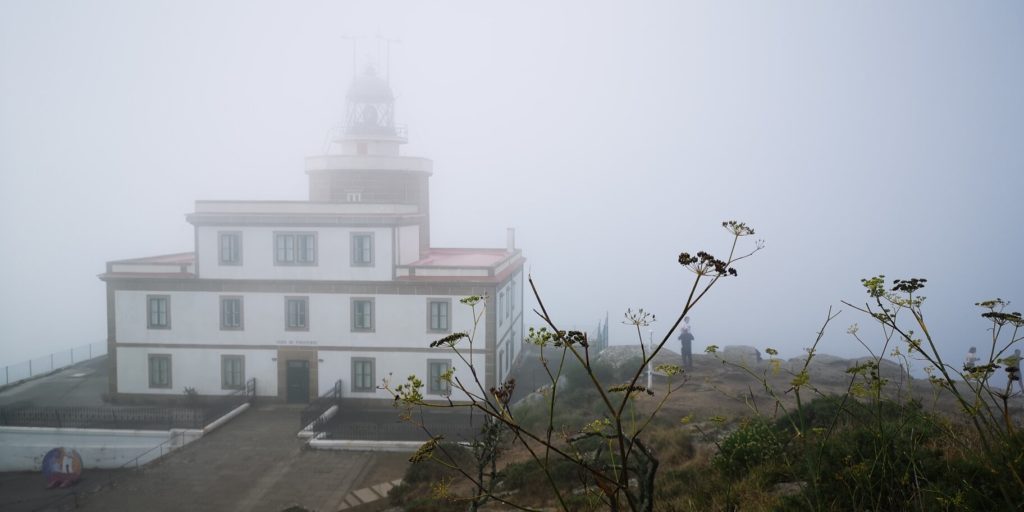

The Faro was built in 1853, at an altitude of 138 m. above sea level, is the westernmost and landmark lighthouse in Europe. The building consists of an octagonal tower, the keeper’s house and a parking ofrendada tributes to General San Martin is part of an interesting set of architecture farera. From the lighthouse you can see the Centulo, a rock or island located 700 m. the sea and 25 m. high where many ships have foundered.
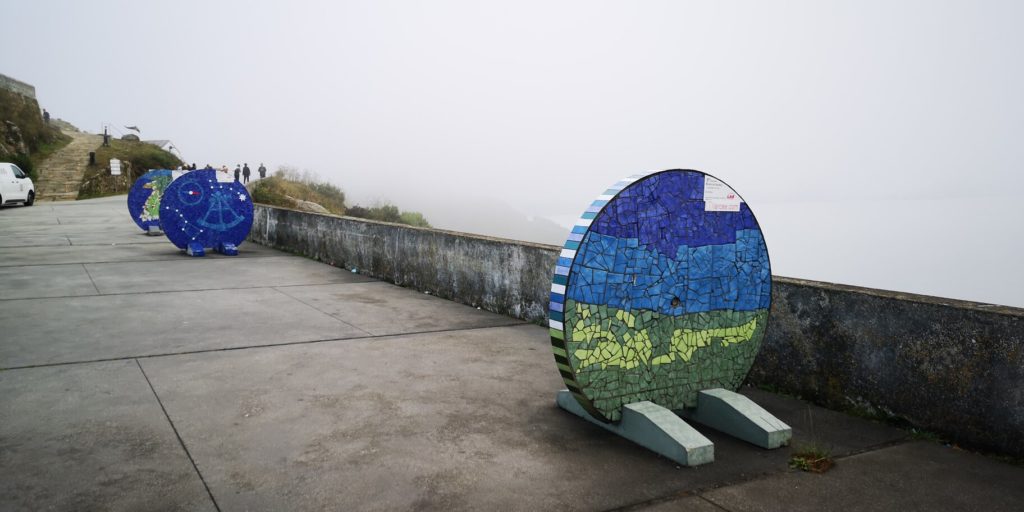
Finisterre’s speciality is the grilled fish and sea food, as expected from a fishing town, but it’s still a heaven for vegans, vegetarians and plant based foodies.
The World Family is a small place, serving vegan options and if you’re lucky you can stumble upon live music or a dance performance of some amazing artists who usually live on the hippy beach.

Bajo14 sells the best artisan ice cream I ever tried, both vegan and gluten free available in various tastes. Their ice creams are from the brand “The Bio Factory” which claims to make their ice cream with sustainable, organic and mainly local ingredients.
La Frontera is the key meeting points of local hippies and you’ll make your best friends here and have the best dished (basically German and vegetarian continental kitchen meeting Galician cuisine and a little twist of Indian kitchen) served with a view of the sea. What I also liked a lot about this place was the little shop inside the cafeteria, selling hippy-style clothes, bags and hand-made jewelry.

Etel&Pan also has amazing vegan and gluten-free options, but rather on the pricey end. The restaurant is located in a restored old fisherman’s house. I recommend their vegan burgers and tapas; Galician craft beers or wines and house-made juices. It’s also a handy crafts and gourmet shop.
After lunch at one of the amazing restaurants (closest from Etel&Pan) head up the hill to the ruined castle. The ruin is not particularly interesting as it is tiny and was closed whenever I visited but gives good views over the coast and along the Ria de Corcubian.
If you ever bump into Pedro (or Pierre), a Frenchmen with scraggly white beard—and I hope you will, send the greetings of me. He arrived to Finisterre as a pilgrim ages ago and decided to stay. He has the most amazing stories to tell and sells his handmade postcards to tourists. He will brighten your day anytime!

Get more like this—Sign up for our daily inspirational newsletter for exclusive content!
__
Photo: Imola Toth


